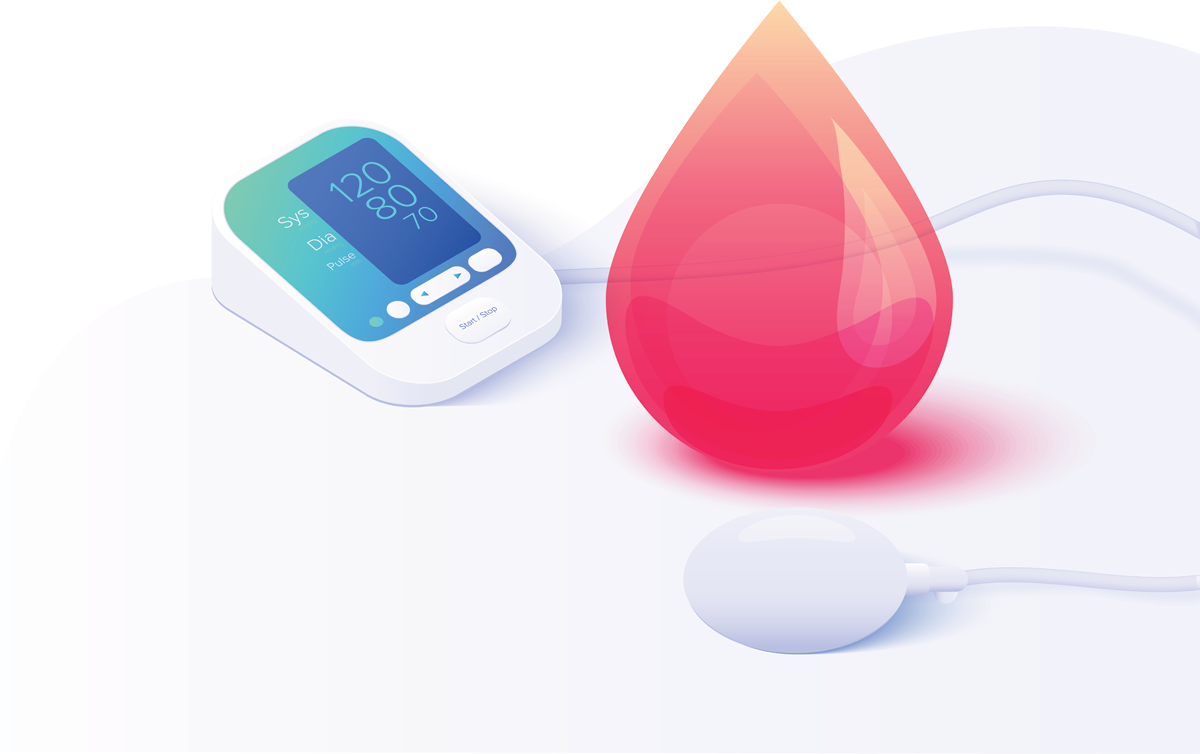At MedAssistant, we are well-versed in treating both Type 1 and Type 2 diabetes. In addition to performing full blood and urine tests, we also offer assessments of heart and kidney function, blood pressure management, dietary guidance, and neurological and ophthalmic assessments. Our team is highly skilled in helping individuals with diabetes manage their condition and maintain optimal health.

Why choose us?
Our primary focus is always putting patients first
Providing exemplary first class care at all times
Professional and responsive customer service
Easy to book appointment 7 days a week
More about Diabetes
We’ve all heard of Diabetes, but most people don’t know the details unless they or a relative have Diabetes. Yet hundreds of millions of people around the world are believed to be at risk, while tens of millions are known to have Diabetes. In the UK, a little over 5% of people are thought to have Diabetes, with many remaining undiagnosed.
Diabetes (also known as diabetes mellitus) comes in two main types, though there are also a few more very uncommon types. We’ll discuss the more common variants along with the usual effects and symptoms, plus how people manage their Diabetes.
Type 1 Diabetes
This is the more serious but rarer type, though all forms of Diabetes are serious. Perhaps 1 out of every 10 people with Diabetes have Type 1. If you have this type, you need daily Insulin to keep living and most of the time Type 1 Diabetes is discovered at a young age.
Type 1 Diabetes is when your pancreas stops creating the hormone known as Insulin, a necessary component which allows cells to absorb glucose from food. The result of this is a lack of energy for your cells and much more glucose left in your blood, usually referred to as higher blood sugar levels.
This type is believed to be an autoimmune disease, which is when your immune system makes errors on what will be bad for you and so fights your pancreas, destroying the parts that create Insulin.
Type 2 Diabetes
This type covers almost all cases and is when your pancreas creates less Insulin than you need, or your cell tissues start to resist the effects of Insulin. Here the result is much the same as Type 1 Diabetes, but slower, which is why people occasionally have Type 2 Diabetes and don’t realize for a long time because their effects are light.
Some of the causes linked to Type 2 Diabetes include lack of regular physical activity and an unhealthy diet that leads to high cholesterol or blood pressure. As a simple visual cue, doctors become concerned by obesity and being clinically overweight. Other common factors include your parents having Type 2 Diabetes, getting sick with Pancreatitis because that often harms your pancreas, suffering Polycystic Ovary Syndrome, regular smoking and alcohol, or simply being over 40 years old.
Diagnosis of Type 2 Diabetes can happen at any age. Prediabetes is when you might be on the path to full Diabetes, such as when blood sugar levels are high but not enough to confirm Diabetes. Sometimes pregnant people will seem to develop Diabetes but then signs disappear after they deliver, though this “gestational Diabetes” can be a risk factor for getting Type 2 Diabetes.
Effects & Symptoms
For either Type 1 or Type 2, someone with Diabetes will have much more glucose flowing unused in their blood and less going to their cells. Glucose is where most of your energy comes from, so Diabetics often feel more tired because they lack energy.
Other common symptoms include feeling unusually thirsty, needing to use the bathroom many times each night, weakening vision and when small injuries heal slower.
High blood sugar levels can cause eye and foot problems, dental issues, heart and kidney diseases and strokes, eventually harming organs including your brain. When high blood sugar levels close off your circulatory system, patients may experience strange sensations caused by nerve damage. Fungal infections also have an easier time invading the bodies of diabetics
Clinic Details
Address
117 Saltmarket
Glasgow
G1 5LF
clinic@medassistant.co.uk
Contact Information
Telephone: 0141 255 2681

